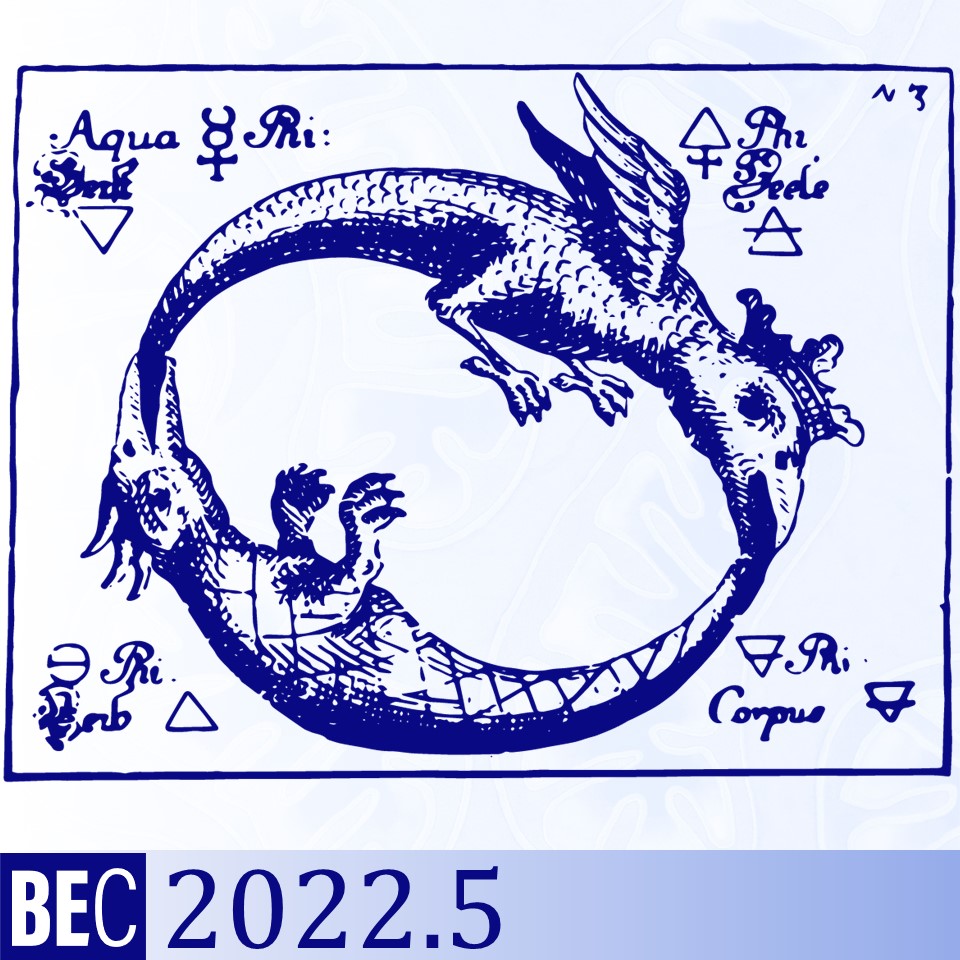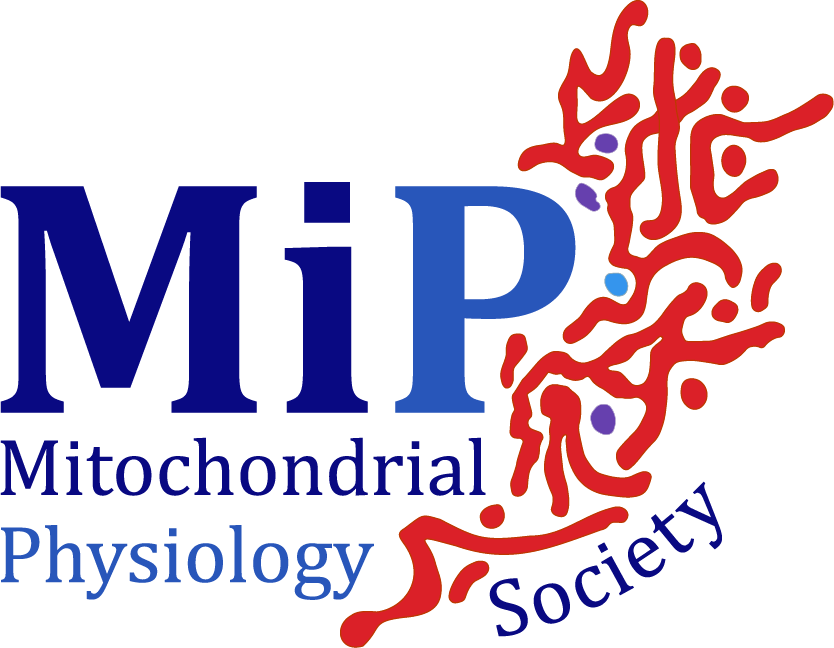Barth syndrome: a genetic ailment with a lipid component and bioenergetic ramifications
DOI:
https://doi.org/10.26124/bec:2022-0005Keywords:
Barth syndrome, TAFAZZIN, cardiolipin, cardiolipin remodeling, 3-MGA, respiratory complexesAbstract
In eukaryotes, membranes are structural components that are necessary for compartmentalization of function. Membranes consist of a lipid bilayer with a multitude of proteins on or in this sandwich. Nevertheless, membranes are not solely structural in function but also serve as basis for cellular signaling and metabolism. Membranes vary with respect to their lipid composition, protein:lipid ratio, thickness, carbohydrate content, etc., and hence their functions are not necessarily identical in the different compartments. In the mitochondrial inner membrane (mtIM), as in its bacterial ancestor, a special phospholipid is present. Cardiolipin (CL) is a phospholipid consisting of four hydrophobic tails. It is essential for the assembly of the electron transfer system (ETS) and its components, and hence CL is required for efficient mitochondrial bioenergetics. Mutations in CL remodeling enzyme encoded by the TAFAZZIN gene are associated with a syndrome first identified by Dutch scientist Peter Barth, hence the name Barth Syndrome. Here, we review recent research on this devastating syndrome focusing on CL biosynthesis and remodeling and relationship between the phospholipid component and mitochondrial bioenergetics.
Cite:
Balbaisi A, Stiban J (2022) Barth syndrome: a genetic ailment with a lipid component and bioenergetic ramifications. Bioenerg Commun 2022.5. https://doi.org/10.26124/bec:2022-0005

Downloads
Additional Files
Published
License
Copyright (c) 2022 Abdallah Balbaisi, Johnny Stiban

This work is licensed under a Creative Commons Attribution-NonCommercial-NoDerivatives 4.0 International License.



